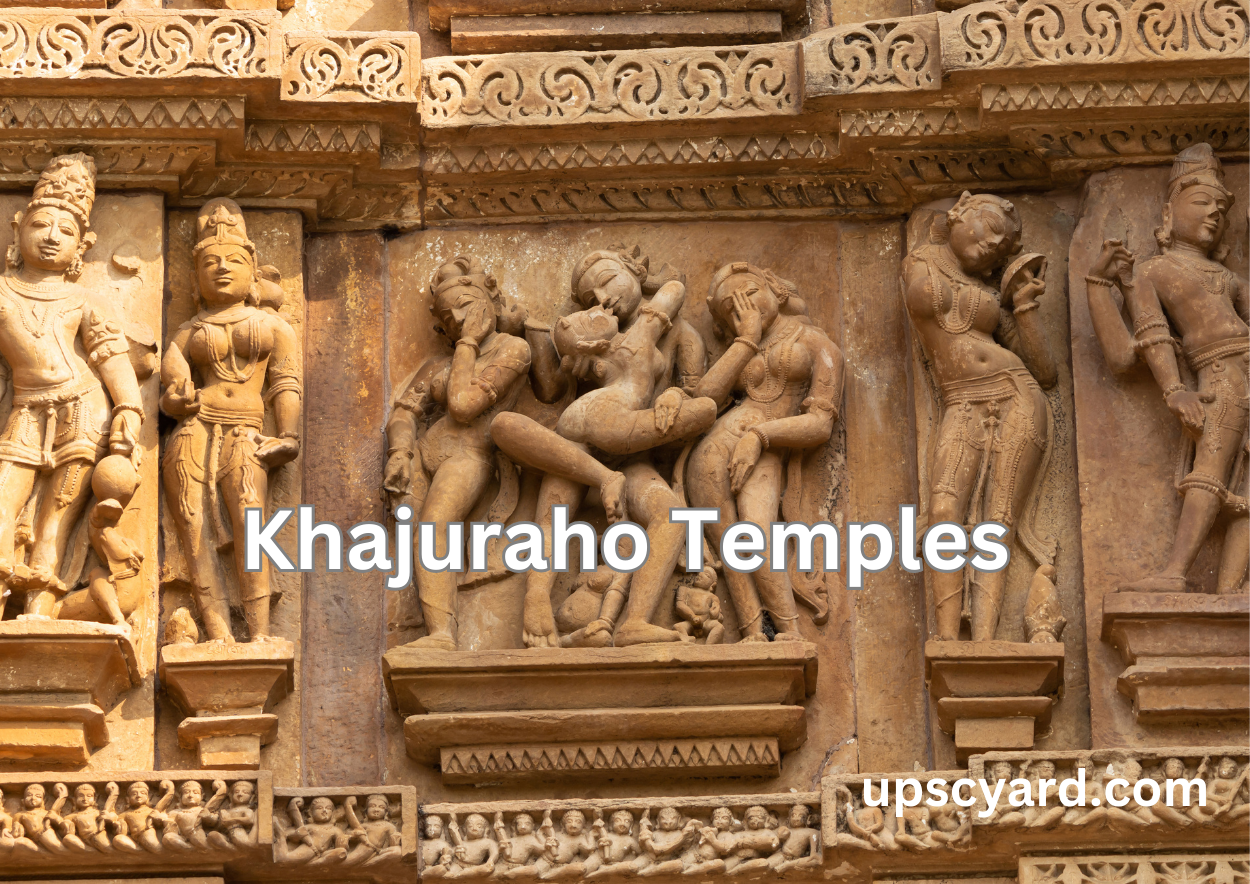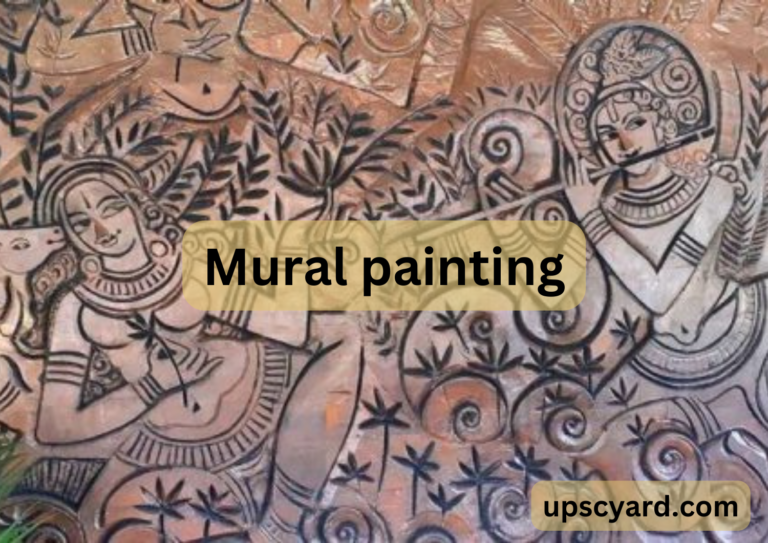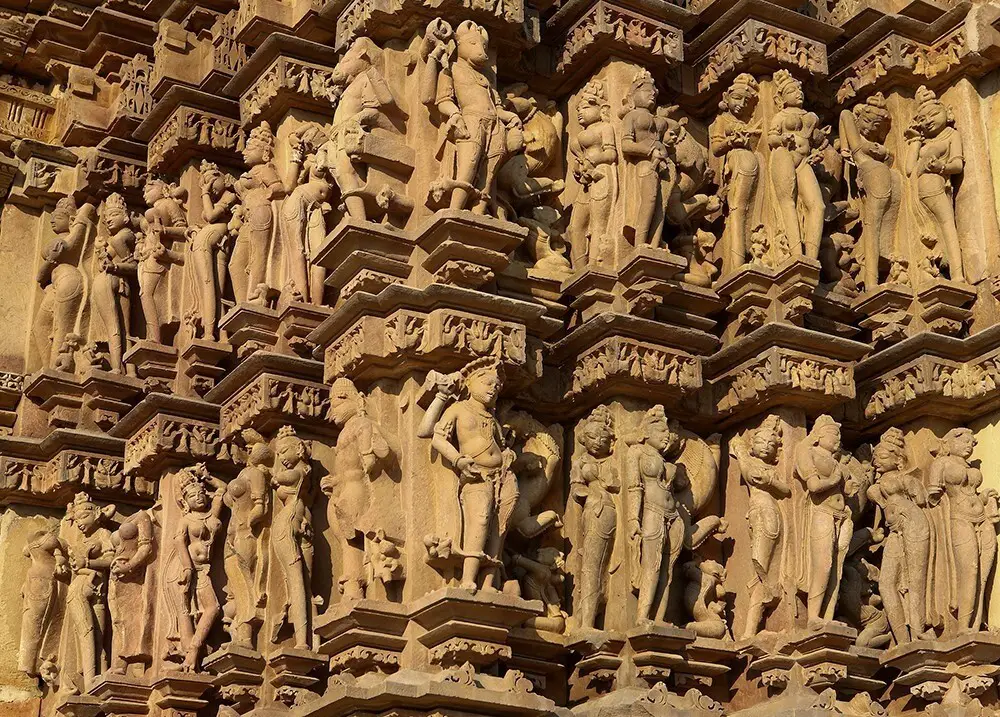
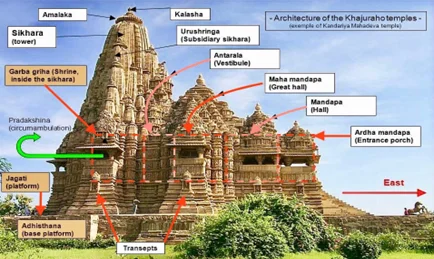
Khajuraho, an ancient city renowned for its splendid temples and intricate sculptures, is nestled in the Chattarpur district of Madhya Pradesh. This city is steeped in captivating historical narratives and architectural marvels. Historical records indicate that during the 12th century, the Khajuraho complex boasted 85 Khajuraho temples sprawling across 20 square kilometers. These temples were constructed under the patronage of the Chandella dynasty.
Khajuraho has gained international acclaim for the opulent architectural beauty of its Western Group of temples, a UNESCO-recognized world heritage site. While these temples are the primary attraction, the neighbouring districts of Chhatarpur and Panna also house lesser-known yet captivating destinations that have the potential to become exemplary local tourist spots.
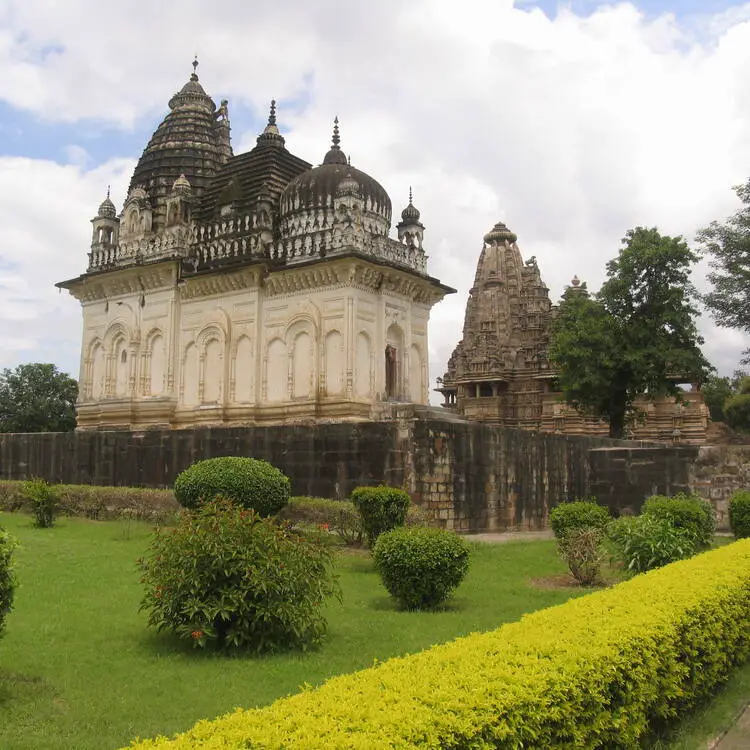
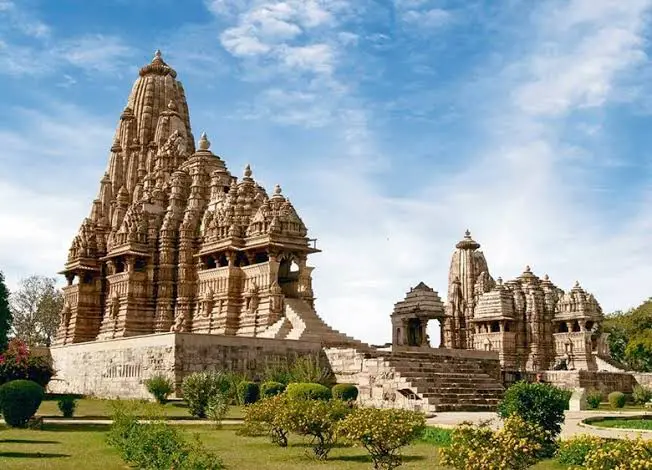
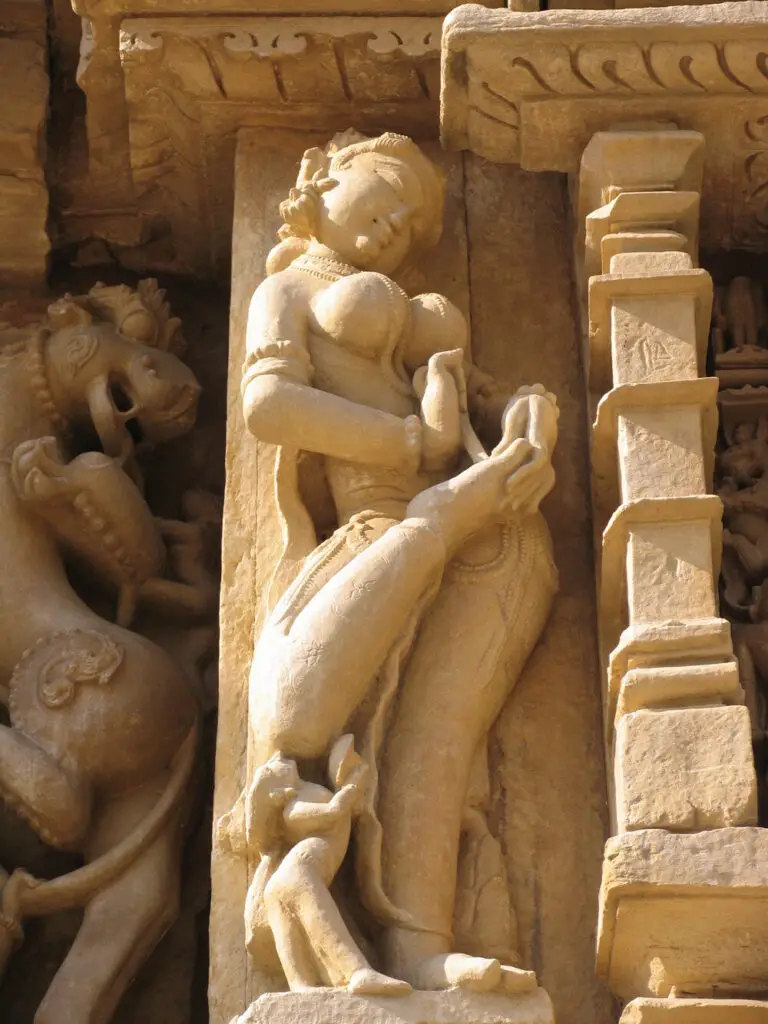
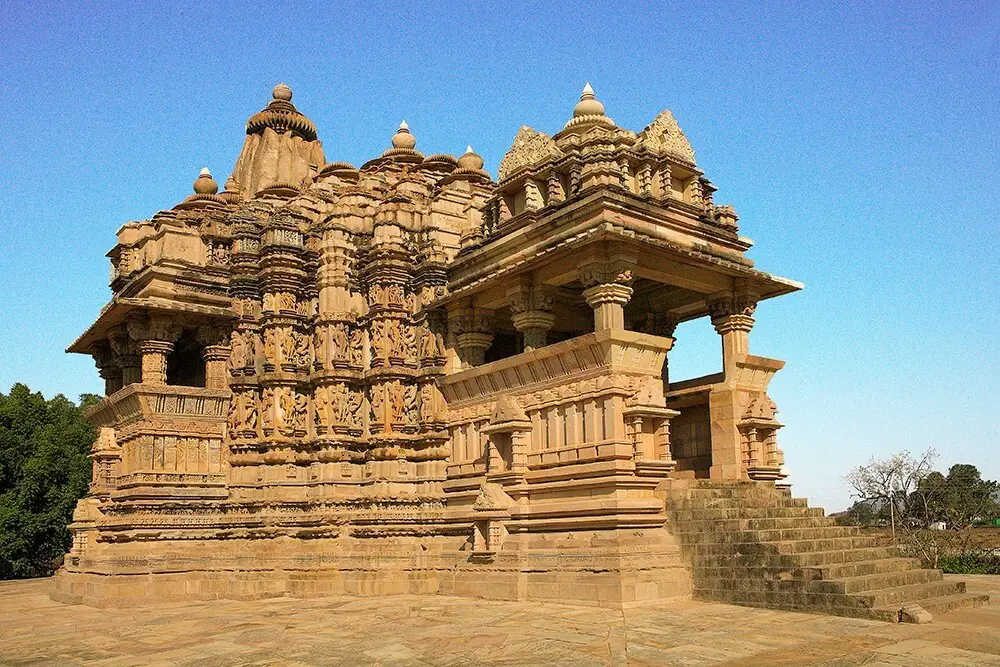
Key Facts about Khajuraho Temples
Khajuraho is a renowned complex of Hindu and Jain temples located in the heart of Madhya Pradesh. Constructed by the Chandela Dynasty between 950 and 1050 AD, these temples are nestled within the Vindhya Mountain range in Central India. Their historical significance and architectural brilliance have earned them a well-deserved spot on UNESCO’s list of World Heritage Sites.
One of the distinguishing features of these temples is their Nagara-style architectural symbolism. Approximately 10% of the sculptures adorning these temples are erotic, adding to their unique allure.
Crafted entirely from sandstone, the Khajuraho temples are divided into three groups: Eastern, Western, and Southern. The largest is the Kandariya Mahadeva temple, attributed to King Ganda. These temples boast towering shikharas (towers) that gracefully ascend in a curved pyramidal fashion, culminating in a horizontal fluted disc known as Amalaka, crowned with a Kalasha or ceremonial vase.
Beyond their architectural marvels, the temples are celebrated for depicting human experiences, including sensuality, as integral components of spiritual exploration and the cosmic whole.
These temples have long fascinated scholars, primarily due to their intricate sculptures. The walls of Khajuraho temples are adorned with some of the finest sculptures of their time, showcasing exceptional artistic prowess. These sculptures can be categorized into five distinct sets:
- Cult Images
- Parivara, Parsva, and Avarana Devatas
- Apsaras and Surasundaris
- Secular Sculptures Covering Various Themes (dancers, musicians, disciples, and domestic scenes)
- Mythical Creatures (vyalas, sardula, and other animals)
The earliest accounts of Khajuraho and its temples are found in the writings of Abu Rahyan al Biruni (1022 CE) and Ibn Battuta (1335 CE), shedding light on their historical importance and cultural significance.

